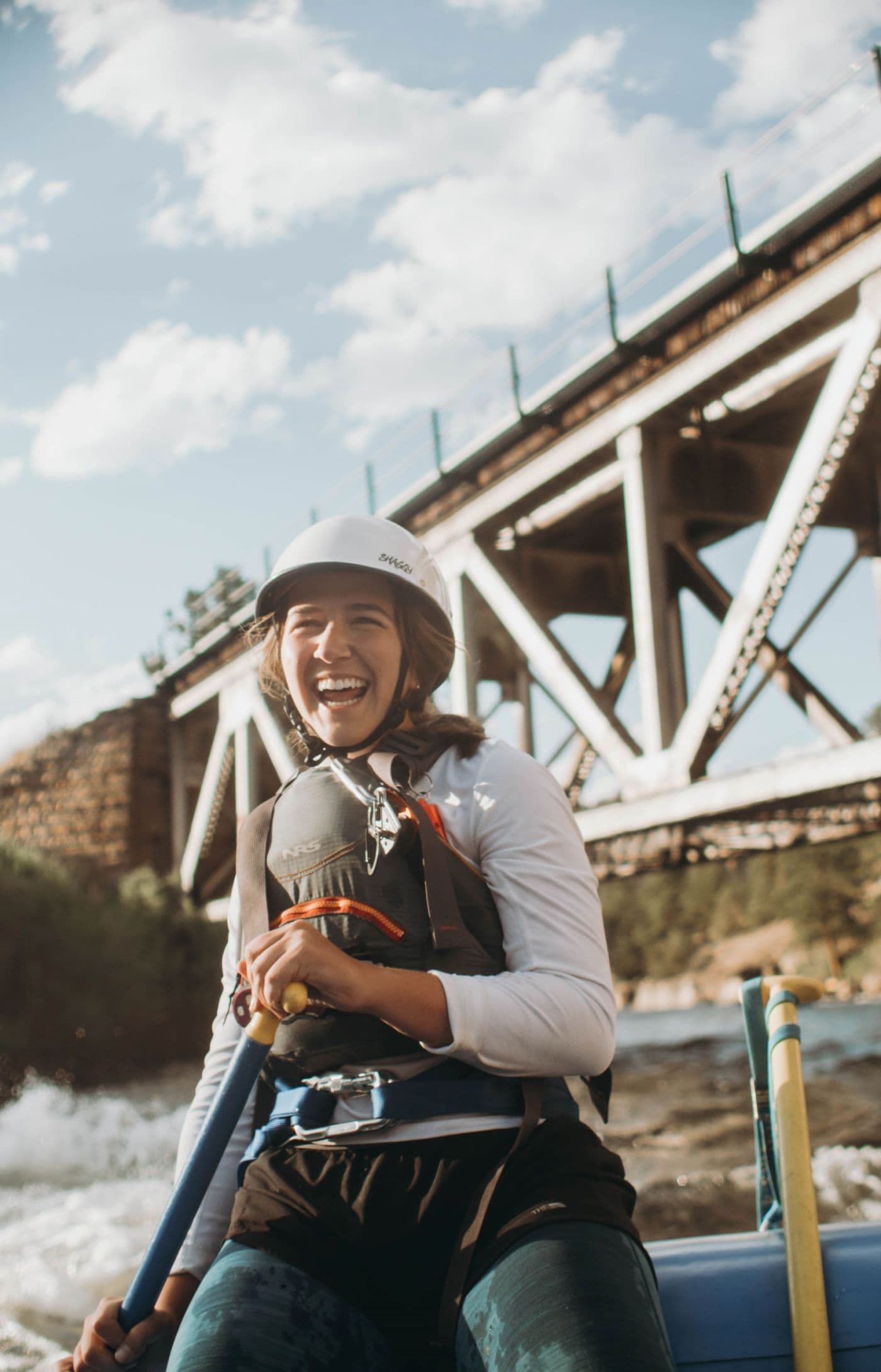5 yrs of guiding at Noah’s and – to the surprise of my first year self – I keep coming back. Instead of the classic summer grind, this year I spent the bulk of my work days under the incandescent glow of hospital lights and my off days were the ones I spent rowing boats.

The role that this place plays in my life has evolved. For a long time it was my main arena for the pursuit of challenge and growth, but as river miles collected and summer friendships transformed into my inner circle, it also became a place of restoration. Where I come to refuel.
I once heard Noah’s described as “a place where people go to grow up” which has certainly been true for me. I could write a novel on the ways the river has raised me, but at the same time Noah’s is a little bit like Neverland: a place for our indefinite childhood. It’s a sweet paradox. Childlikeness makes prime soil for growth and good grounds for rest. To become childlike is to be humbled and that’s a posture that lends itself to learning and communing together.
There is something so childlike about actively engaging in the outdoors.
The rivers and mountains have helped usher me back to childhood through two chief means. First is simple, they provide spaces for playing. Lifespan psychologists are always talking about the importance of play in childhood, but beyond our early development it’s not often prioritized.
For a long time I thought prioritizing play could only mean living for the weekends or finding a way to make play my work. but after this summer of living in the tension between work and play, I came to believe that playful endeavors are fuel for work. What if I don’t just work hard so I have the means to play hard, but also play hard so that I have the means to work hard? Letting play restore me so that I am able to labor well.
We were created to work and we were created to play, and I think a lot of human flourishing sits in the tension of the two.
Unrushed and with little regard for its audience, play is without agenda and draws us back into simple delight. An invitation to play is an invitation to truly engage. It goes beyond merely consuming. Consumption is easy to come by. I am constantly watching and listening, but these are passive amusements that require little involvement on my part. But play necessitates my active engagement as it moves from observation to interaction, producing a fuller dimension of delight. And that is what rafting is – interaction with the river.
The second way the outdoors promote this kind of holy play is by offering an avenue to genuine exploration.
Venturing into spaces beyond everyday life, the outdoors are inviting us to play without the confines we typically find ourselves in and encouraging us to entertain our curiosities. This kind of play is boundless. Challenging our limits in a manner that is free from the standard measures of performance and schedule. This creates a liberty that is inherently youthful.
Despite a boundless nature there are still rules to be played by, but these rules stem from a respect for the power reflected in the great outdoors. Therein lies the outdoors’s second means of facilitating childhood’s return: awe and wonder.
In the canyons and rivers we encounter inherently dangerous untamed forces – thousands of cubic feet of water rushing down stream and crashing into rocks – and honestly that’s all a part of what draws us to them.
C.S. Lewis acknowledges this phenomenon by saying “I do not think the forest would be so bright, nor the water so warm, nor love so sweet, if there were no danger in the lakes.”